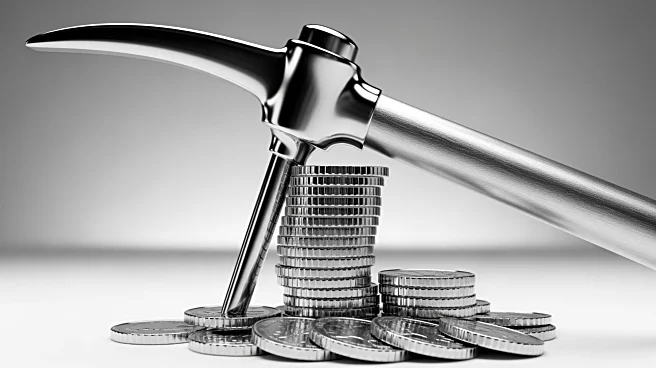What's Happening?
Leggett & Platt, a diversified manufacturer known for its engineered components and products, has announced a quarterly dividend of $.05 per share for the fourth quarter of 2025. This decision was made
by the company's Board of Directors and is set to benefit shareholders of record as of December 15, 2025. The dividend will be paid on January 15, 2026. Leggett & Platt, which has been in operation for 142 years, supplies a wide range of products including bedding components, automotive seat systems, and furniture components. The company is listed on the New York Stock Exchange under the ticker LEG.
Why It's Important?
The declaration of a dividend is a significant event for Leggett & Platt's shareholders, as it reflects the company's financial health and commitment to returning value to its investors. Dividends can be an attractive feature for investors seeking regular income, and this announcement may influence investor sentiment positively. For Leggett & Platt, maintaining a consistent dividend payout can enhance its reputation in the market, potentially attracting more investors and stabilizing its stock price. The decision also underscores the company's confidence in its ongoing operations and future profitability.
What's Next?
Shareholders can expect to receive their dividend payments on January 15, 2026, provided they are on record by December 15, 2025. This timeline allows investors to plan their financial strategies accordingly. The company's future dividend declarations will likely depend on its financial performance and market conditions. Investors and analysts will be watching Leggett & Platt's quarterly earnings reports closely to assess its ability to sustain or increase dividend payouts in the future.
Beyond the Headlines
The decision to declare a dividend may also reflect broader economic conditions and the company's strategic positioning within its industry. As a manufacturer of components used in various sectors, Leggett & Platt's performance can be indicative of trends in consumer spending and industrial demand. The company's ability to maintain dividends could signal resilience in the face of economic fluctuations, providing insights into the stability of manufacturing and consumer goods markets.











